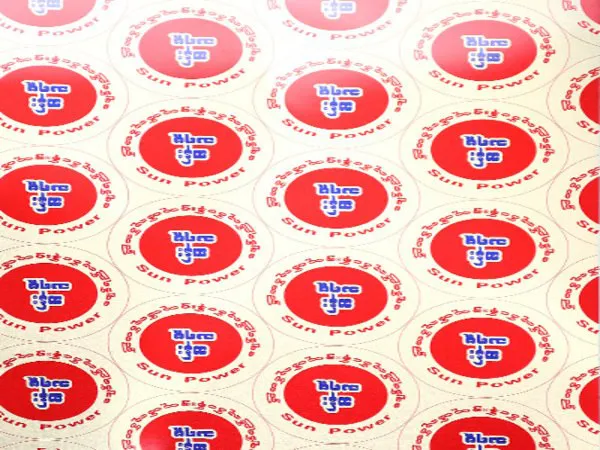2025-03-03 07:29:45
Aluminum sheet with many advantages is widely used in construction, aviation and other fields, but in actual use there may still be due to the environment, process or improper operation of the fault triggered. In this paper, we will analyze the five common failures of aluminum and provide specific response guide to help users effectively deal with the problem and extend the service life of the material.
1. Surface corrosion or oxidation: specifically manifested in local white spots, black spots or flaky peeling. So that the surface of the aluminum plate loses its luster and is rough to the touch. Causes of this problem are environmental erosion, coating damage and electrochemical corrosion. Response guidelines can be divided into preventive measures and repair programs. Preventive measures: Fluorocarbon coating or anodic oxidation can be selected for aluminum sheets, and insulating gaskets should be used to isolate foreign metals during installation. Repair program: light corrosion with fine sandpaper sanding and spraying special repair paint can be. Heavy corrosion need to remove the corrosion area, using aluminum welding repair and redo the surface treatment.
2. Aluminum sheet deformation: the specific performance of the plate surface is uneven, wavy warping or local depression, uneven splicing gaps, resulting in sealing affected. The causes of this problem are the uneven thermal expansion and contraction caused by sudden temperature changes, the influence of mechanical forces and aluminum processing defects. Response guide: can be in the selection of aluminum sheet to observe the appearance of the aluminum plate to avoid choosing to the existence of processing defects in the aluminum plate, such as deformation can be used to heat straightening method: the use of hot air gun on the aluminum plate for local heating to 150-200 ℃ after the pressure shaping (only applies to the 3 series / 5 series of aluminum plate). Mechanical leveling: through the roller press or hydraulic press for cold correction (aluminum plate deformation <5%) when available
3. Seam cracking or loose rivets: mainly manifested as cracks at the seams between the plate and the plate. Fixed rivets fall off or loose, resulting in structural instability. The causes of this problem are fatigue caused by wind vibration or mechanical vibration of the aluminum plate for a long time, errors in installation or failure to use elastic sealant and other reasons. The response is categorized into emergency repairs and long-term solutions. Emergency repair: Inject polyurethane sealant to fill the cracks, and apply aluminum foil tape on the outside for temporary fixing. Replace with locking rivets (e.g. ring-groove rivets) with 40% higher tensile strength. Long-term solution is to use a floating joint design that allows the panels to expand and contract freely. Use structural adhesives (e.g. epoxy-polysulfide rubber composite) to assist mechanical fixing.

4. Coating peeling or discoloration: Specifically manifested as blistering and peeling of the surface paint layer, exposing the underlying metal. Color darkening or color difference. Causes of this problem are long-term exposure of aluminum panels in the outdoor sun so that the resin decomposition, insufficient adhesion of the coating or chemical erosion in extreme environments. The response is coating repair and upgraded protection. Coating repair needs to be selected according to the peeling area, such as partial peeling can be sanded to the substrate after spraying epoxy primer and then topcoat recovery, large areas of peeling is recommended to recoat the whole. Upgrade protection can be added in the spraying of ultraviolet absorber topcoat to achieve the purpose of extending the color preservation period.
5. Noise and resonance: the main manifestation of the aluminum plate to produce strange noise or equipment shell due to resonance to reduce performance. Causes of this phenomenon are thin plates: thickness <2mm aluminum plate is easy to trigger low-frequency vibration. Poor fixation: insufficient number of connection points or excessive rigidity. Cavity effect: the back is not filled with sound-absorbing material (e.g. hollow design of building curtain walls). Response can be structurally optimized to reduce the free vibration area or noise reduction modification, such as the choice of attracting cotton and so on.
In fact, the failure of aluminum panels mostly stems from the selection of materials, construction technology or post maintenance omissions. Through scientific cause analysis (e.g. electrochemical corrosion mechanism, thermal stress calculation) and targeted solutions (e.g. floating connection design, nano-coating repair), the failure rate can be reduced by more than 60%. It is recommended that users combine their own application scenarios to develop a full-cycle management strategy that focuses on prevention, supplemented by repair, to maximize the performance advantages of aluminum panels.